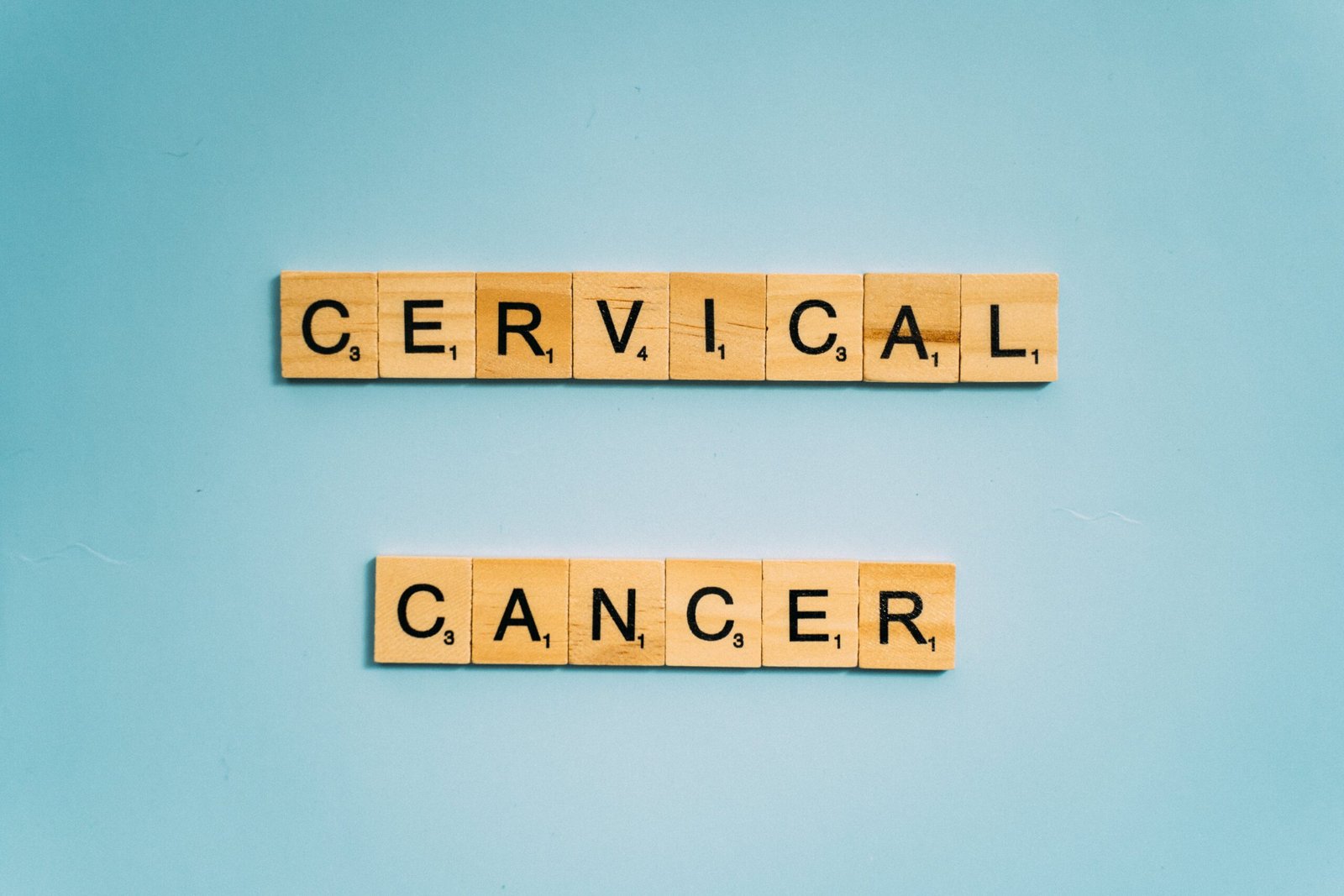Understanding Cervical Cancer: Causes, Symptoms, Awareness, and Cure
Cervical cancer remains a significant global health concern, impacting millions of women worldwide. Despite advancements in medical science, it continues to rank as the fourth most common cancer among women, with alarming rates of morbidity and mortality. The lack of awareness and limited access to healthcare services exacerbate the challenge of combating this disease. In this comprehensive guide, we will explore the multifaceted aspects of cervical cancer, including its causes, symptoms, the importance of awareness, and the diverse array of treatment options available.
Causes of Cervical Cancer:
Human papillomavirus (HPV) infection stands as the predominant cause of cervical cancer, particularly strains HPV 16 and 18. HPV is primarily transmitted through sexual contact, with persistent infections leading to cellular changes conducive to cancer development. Beyond HPV, several risk factors contribute to cervical cancer, including smoking, which not only weakens the immune system but also promotes the persistence of HPV infections. Additionally, individuals with weakened immune systems, such as those living with HIV/AIDS or undergoing immunosuppressive therapy, face an elevated risk. Socioeconomic factors such as poverty, limited access to healthcare, and educational disparities further compound the issue, disproportionately affecting marginalized communities.
Major Risk Factors
- Sexual History: Engaging in sexual activity at a young age or having multiple sexual partners increases the risk of HPV exposure, a primary cause of cervical cancer.
- HPV Infection: Cervical cancer is strongly linked to certain strains of the human papillomavirus (HPV), specifically HPV 16 and 18. The most prevalent sexually transmitted infection in the world is HPV.
- Smoking: Tobacco smoke contains carcinogens that can damage cervical cells and increase the risk of cervical cancer. Smoking can also weaken the immune system’s ability to fight HPV infections.
- Weakened Immune System: Conditions that weaken the immune system, such as HIV/AIDS or organ transplantation, increase vulnerability to HPV infections and subsequent development of cervical cancer.
- Poor Socioeconomic Conditions: Limited access to healthcare, including preventive services like Pap tests and HPV vaccination, contributes to higher cervical cancer incidence and mortality rates in underserved populations.
Symptoms of Cervical Cancer:
Early detection hinges on recognizing the subtle signs and symptoms of cervical cancer. Abnormal vaginal bleeding, such as bleeding between periods, after intercourse, or post-menopause, should prompt immediate medical attention. Changes in vaginal discharge, pelvic pain, painful urination, and systemic symptoms like weight loss and fatigue may indicate advanced disease. It is essential for individuals to be vigilant and proactive in seeking medical evaluation upon experiencing any concerning symptoms.
Importance of Awareness:
Raising awareness about cervical cancer is paramount for prevention and early detection. Comprehensive sexual education programs that encompass information about HPV transmission, vaccination, and safe sex practices empower individuals to make informed decisions regarding their sexual health. Regular screenings, including Pap tests and HPV tests, serve as critical tools for detecting precancerous changes or early-stage cervical cancer. Moreover, breaking down societal stigmas surrounding cervical cancer and reproductive health encourages women to seek care without fear or shame, fostering a supportive environment for prevention and treatment.
Cure and Treatment Options:
- Surgical Interventions:
Cone biopsy: A cone-shaped piece of tissue containing abnormal cells is removed from the cervix.
Radical hysterectomy: Surgical removal of the uterus, cervix, and surrounding tissues may be performed for advanced-stage cervical cancer.
- Radiation Therapy:
External beam radiation: High-energy X-rays are directed at the tumor from outside the body.
Brachytherapy: Radioactive implants are placed near or inside the tumor to deliver targeted radiation.
- Chemotherapy:
Chemotherapeutic drugs, either alone or in combination, are used to kill cancer cells or inhibit their growth.
- Immunotherapy:
Checkpoint inhibitors for immune function improve the immune system’s capacity to identify and combat cancerous cells.
- Targeted Therapy:
Drugs targeting specific molecular pathways, such as angiogenesis inhibitors or epidermal growth factor receptor (EGFR) inhibitors, may be used to block tumor growth and spread.
- Clinical Trials:
Participation in clinical trials offers access to novel treatments and contributes to advancements in cervical cancer research, paving the way for innovative therapies and personalized medicine approaches.
Cervical cancer remains a formidable health challenge, but through concerted efforts in awareness, education, and access to comprehensive healthcare, its impact can be mitigated. By understanding its causes, recognizing symptoms, promoting awareness, and exploring diverse treatment options, we can empower individuals and communities to effectively combat cervical cancer. Prioritizing women’s health through equitable access to prevention, screening, and treatment services is essential in the global fight against cervical cancer, ultimately saving lives and improving overall well-being.




